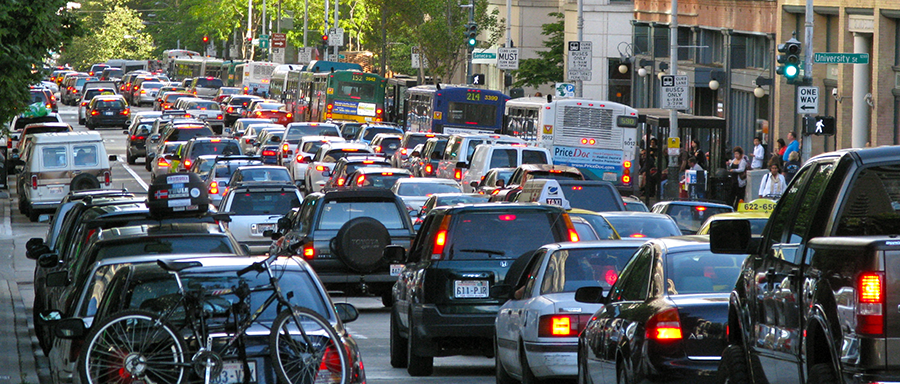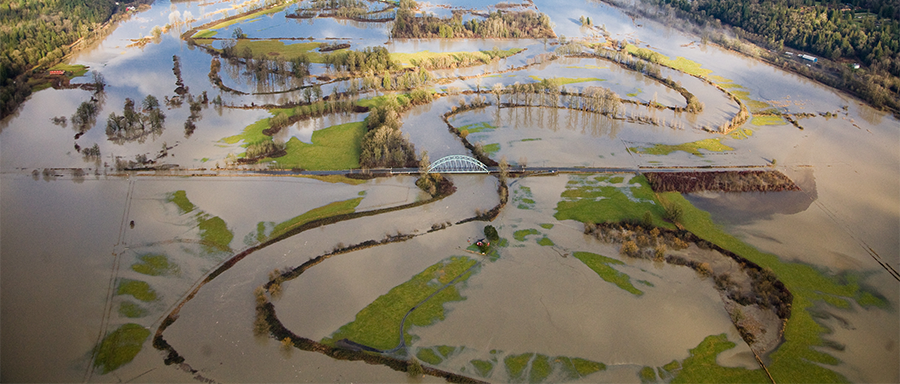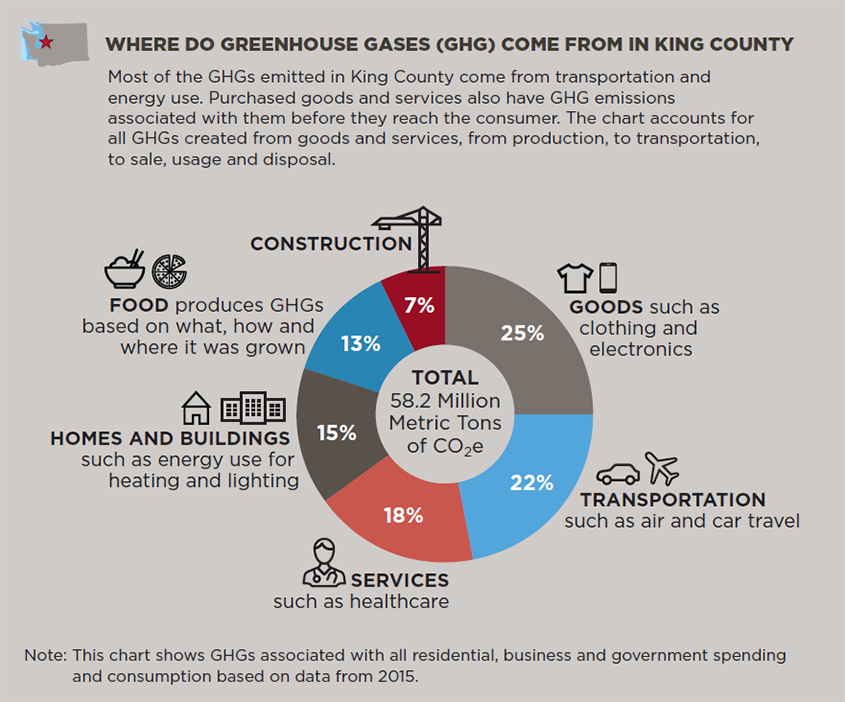Introduction
What is happening on a global scale?
Average temperature is rising.
Graph showing global temperature difference from 20th century average in degrees Fahrenheit. From 1900 through the late 1930s, temperature was below the mean. From then until 1976, temperature was both above and below the mean. After 1996, temperature has been above the mean and rising steadily. 2016 was the hottest year on record.
Carbon dioxide levels are the highest in the last 800,000+ years.
Atmospheric CO2 levels increased slightly since 10,000 years ago until pre-industrial times, then spiked from 208 parts per million to 406 parts per million between 1750 and 2017.
Rising CO2 levels are changing the chemistry of the oceans
Since the start of coal-powered industry in the 1750s, the acidity of ocean water has increased about 30%



 Translate
Translate

